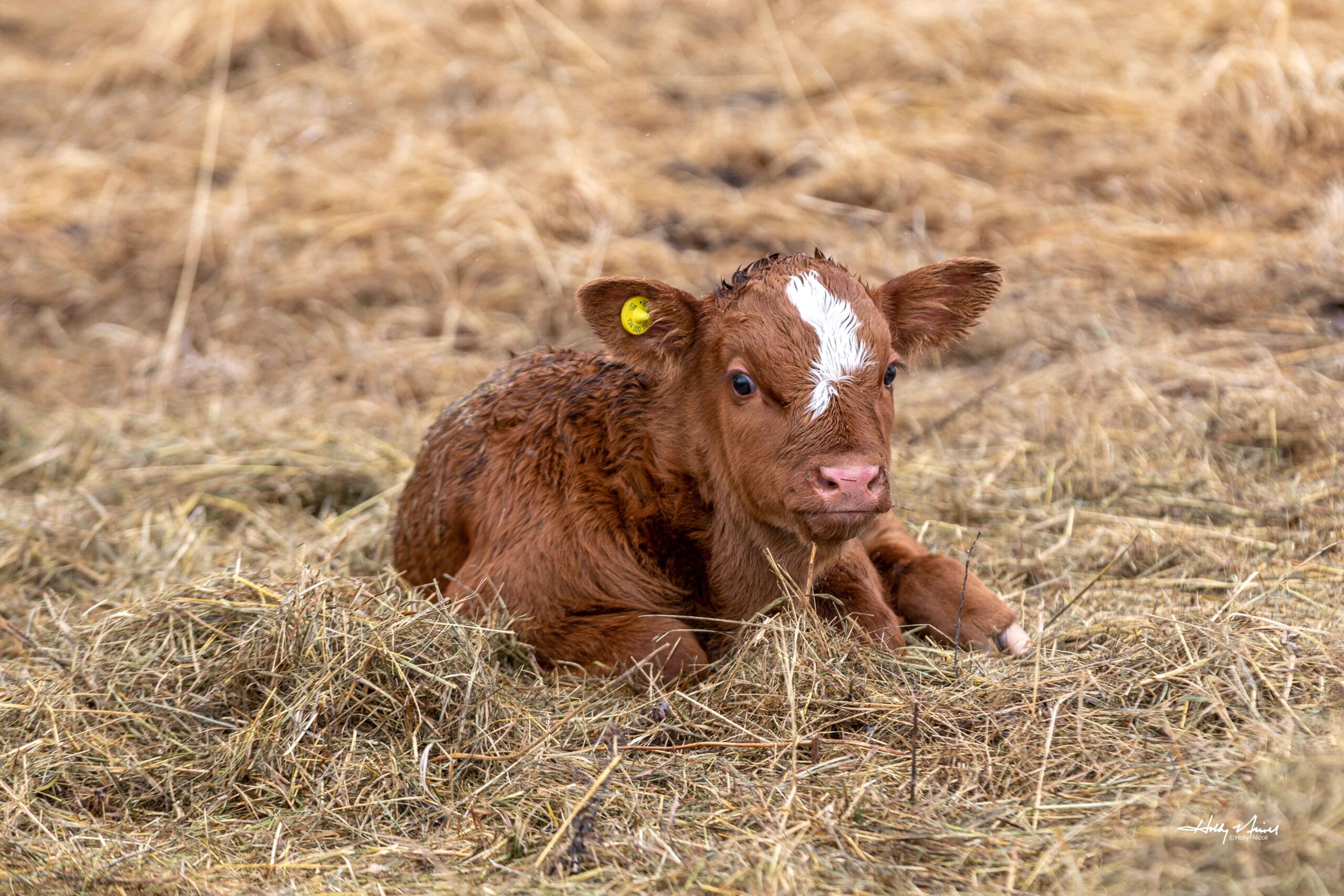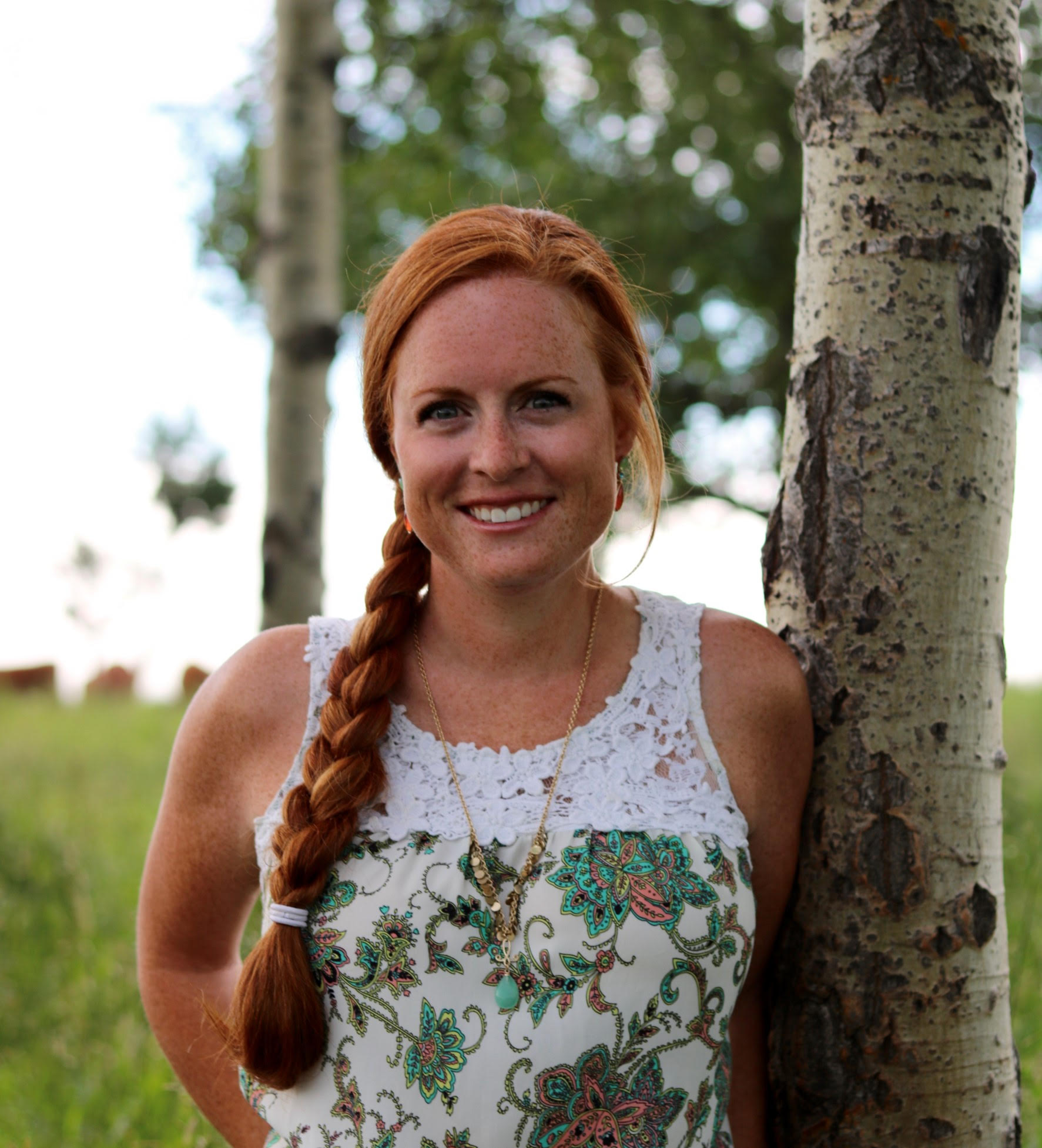AB Direct - Steers
Rail: 492.00-493.50 FOB feedlot (last week)
AB Direct - Heifers
Rail: 492.00-493.50 FOB feedlot (last week)
US Trade- Steers
Rail: 355.00-363.00 (IA, NE) last week
US Trade - Heifers
Rail: 355.00-363.00 (IA, NE) last week
Canadian Dollar
0.19

Building momentum: the staircase to profitability
I want you to take a moment and think about your “best” cow. She may not be the fanciest, or the stoutest, but I can pretty much guarantee she’s been around the block a few times.
Maybe she even has a few daughters or granddaughters in the herd. She’s easily your favourite cow because she makes you money! You’ve probably thought to yourself, “Man, I wish I had a whole herd of cows like her!” I’m here to tell you, you can, but this kind of longevity requires setting up your heifers strategically to build momentum.
THE VALUE OF MOMENTUM
Reproductive momentum refers to the percentage of cows who calve in the first cycle. Herds with positive
momentum have a front-end loaded calving season and consistently wean a heavier, more uniform calf crop. One of the simplest ways you can improve momentum in your herd is to ensure heifers conceive early in the breeding season. This allows more time to re-breed the following year, thereby reducing depreciation costs associated with open lactating two-year-olds.
Researchers at the U.S. Meat Animal Research Center followed more than 16,000 heifers for two decades to better quantify the long-term impacts of positive vs. negative momentum. Compared to heifers calving in second or third 21-day cycle, those calving in the first cycle had improved re-breeding rates and consistently weaned one more calf in their lifetime before turning up open. However, longevity wasn’t the only benefit noted among the first cycle calving heifers. Due to earlier calving dates, they also weaned an additional 26-70 pound of calf per year compared to their later calving cohorts. When all those extra pounds were added up, heifers calving in the first cycle generated revenue equivalent to two additional calves during their lifetime. This is incredible when you consider it takes a minimum of five calves for a heifer to recuperate her development and ongoing maintenance costs.

I know what you’re thinking: “I don’t want to develop all these heifers, just to restrict breeding to one cycle, and end up with only 65 per cent pregnant. How will I make any money?” I encourage you to shift your paradigm when you think about developing heifers.
Consider a backgrounding operation that turns out yearlings on grass the following summer. They target low but highly efficient gains during the winter and take advantage of compensatory gain at grass turn out. In my opinion, pregnancies should be the by-product of an already profitable backgrounder/grasser operation. The only difference being there is a bull or two accompanying those heifers for 30 days during the summer. If you preg check 30-45 days after the bulls are pulled, you should have plenty of time to market opens in September before fall run peaks and the market drops.
As it turns out, you can generate almost as much momentum in a 30-day heifer breeding season as you can in 21-day breeding season. As an example, I graphed longevity for one of the ranches we’ve been consulting for since 2020 based on if their heifers calved in the first 30 days of the calving season or sometime afterward. As you can see, the fallout among later calving heifers can be drastic and is worth tracking on your own operation.
MAXIMIZING PREGNANCY RATES
Now that we fully appreciate how shortening the breeding season can reduce depreciation costs, let’s focus on how to maximize pregnancy rate during those 30 days to further improve profitability. The most obvious strategy is to employ some type of estrous synchronization program and AI every heifer during the first week of the breeding season. This would grant every heifer two chances to conceive thereby resulting in an ~85 per cent pregnancy rate. However, executing an estrous synchronization program may not be feasible depending on your labour restrictions or where your heifers are pastured. A simpler, more economical option yielding the same outcome is to employ some sort of “short cycle trick.” Have a look at the protocol pictured below.

In this strategy, the bulls are turned in at the start of breeding season and allowed to service heifers on natural heats for five days. During this time, approximately 20-25 per cent of heifers should come into heat. At the end of the fifth day all heifers are administered an injection of prostaglandin (PGF2α). The timing of this injection is critical. Prostaglandin will have no impact on pregnancies that are fewer than five days along. However, giving this injection a day late may result in aborted pregnancies. Remaining non-pregnant heifers should respond to the injection and come into heat during the following four days. One cycle is complete by day nine, and two cycles are complete by day 30. There are a lot of variations to this strategy, and I encourage each you to reach out to your veterinarian to design protocol that complements your management style.
Whether home-raised or purchased, open replacement heifers often represent one of the biggest investments on your ranch. Setting them up correctly and focusing on strategies to build momentum is guaranteed to pay dividends down the road. A few years from now, my hope is you will have so many profitable heifers that it is nearly impossible to pick a new favourite.


